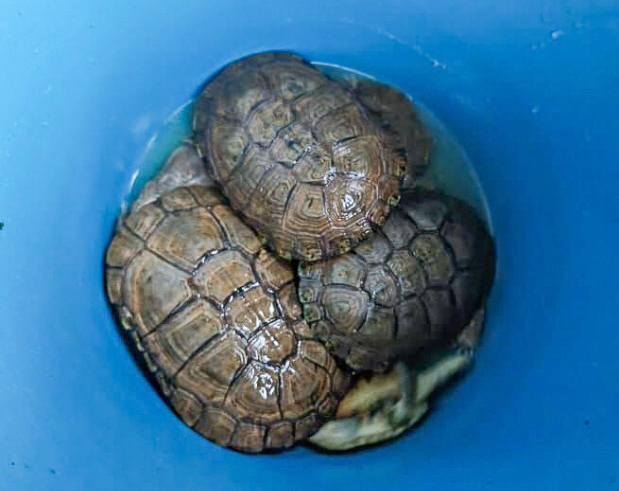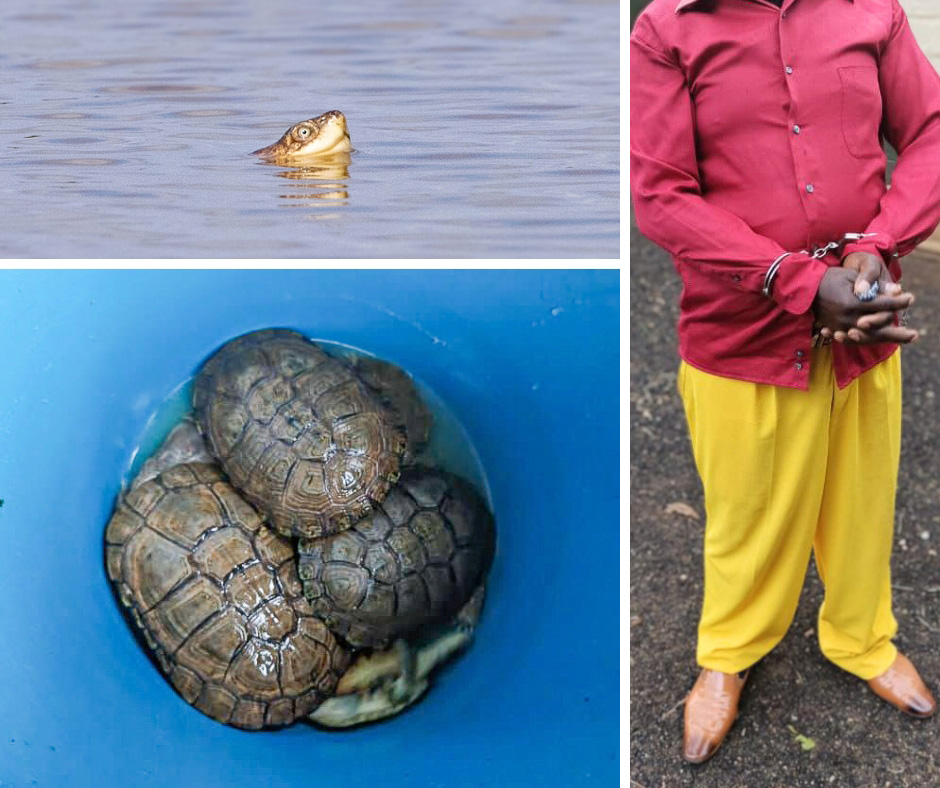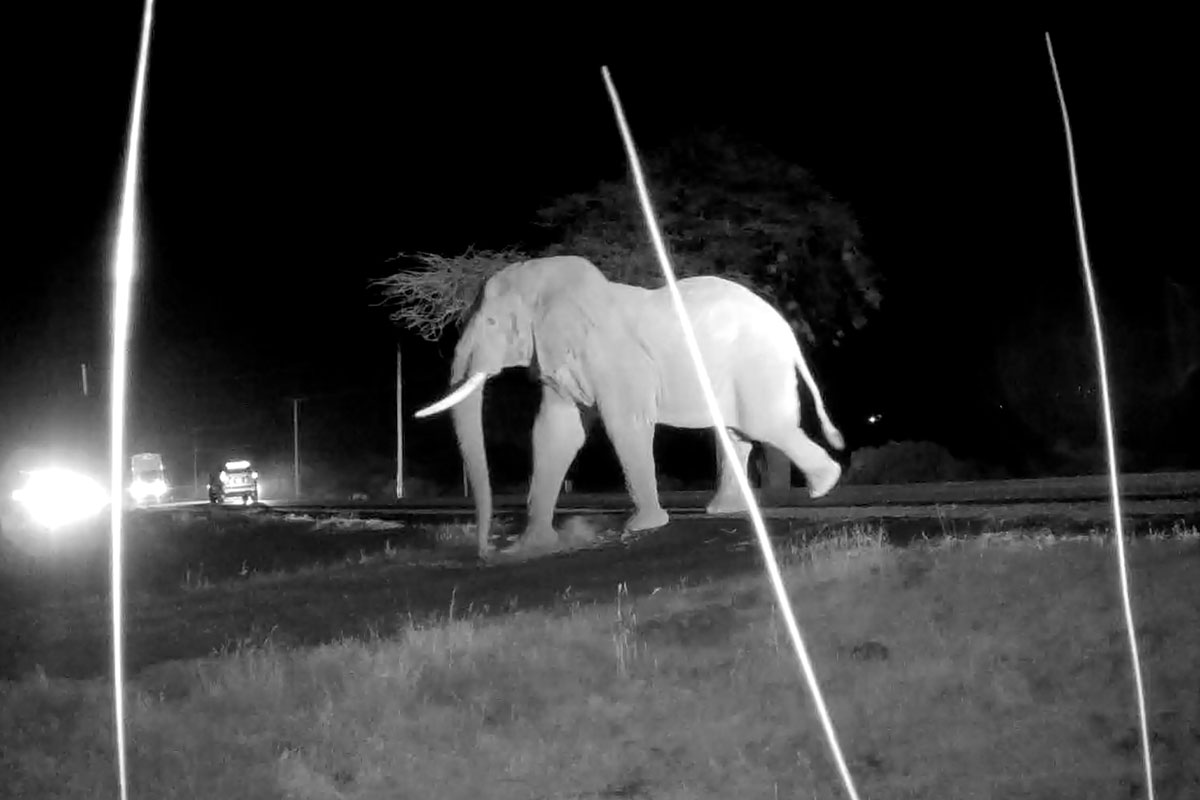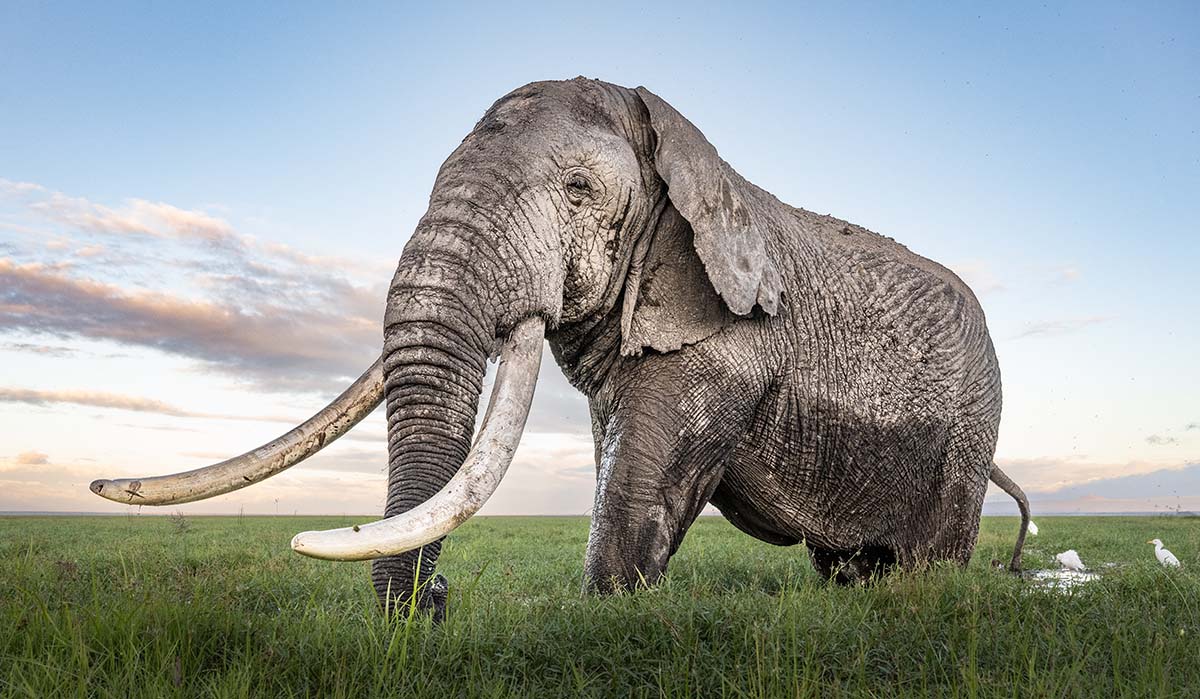

There’s no better way to see what’s happening on the ground than with eyes in the sky. If those eyes can see in the dark it’s a game changer entirely, so we are excited to announce that we have recently acquired two thermal drones.
Until now, drones weren’t logistically or financially realistic, but that’s changed thanks to our collaboration with Expert Drones Africa. Our two newly qualified drone pilots, Corporals David Ntinina and Agostino Mutinda, were trained by our partners at the Mara Elephant Project (MEP), who have been using drones for some time.
MEP have shown drones to be a cost-effective means of chasing elephants out of human settlements and farmlands, by swooping down on them to push them back to wild areas. Since Big Life’s Drone Unit went live last month, we’ve already had success doing the same, preventing elephants from raiding farms on multiple occasions.
But with the drones’ ability to see in the dark with their thermal cameras, we’re already discovering a wider and exciting range of uses, including the ability to monitor illegal activity in rough terrain at night.
The threats to Amboseli’s wildlife are constantly changing. To stay on top of them, Big Life has always been ready to adopt new technologies and strategies. From the Maasai Olympics and our Predator Compensation Fund, to being the first cross-border anti-poaching organization in East Africa, to early adoption of operational management software, EarthRanger, we do what must be done to protect Amboseli’s wildlife and wild lands.
Stay tuned for more exciting updates on how we’re putting these drones to work!
📸: Joshua Clay




